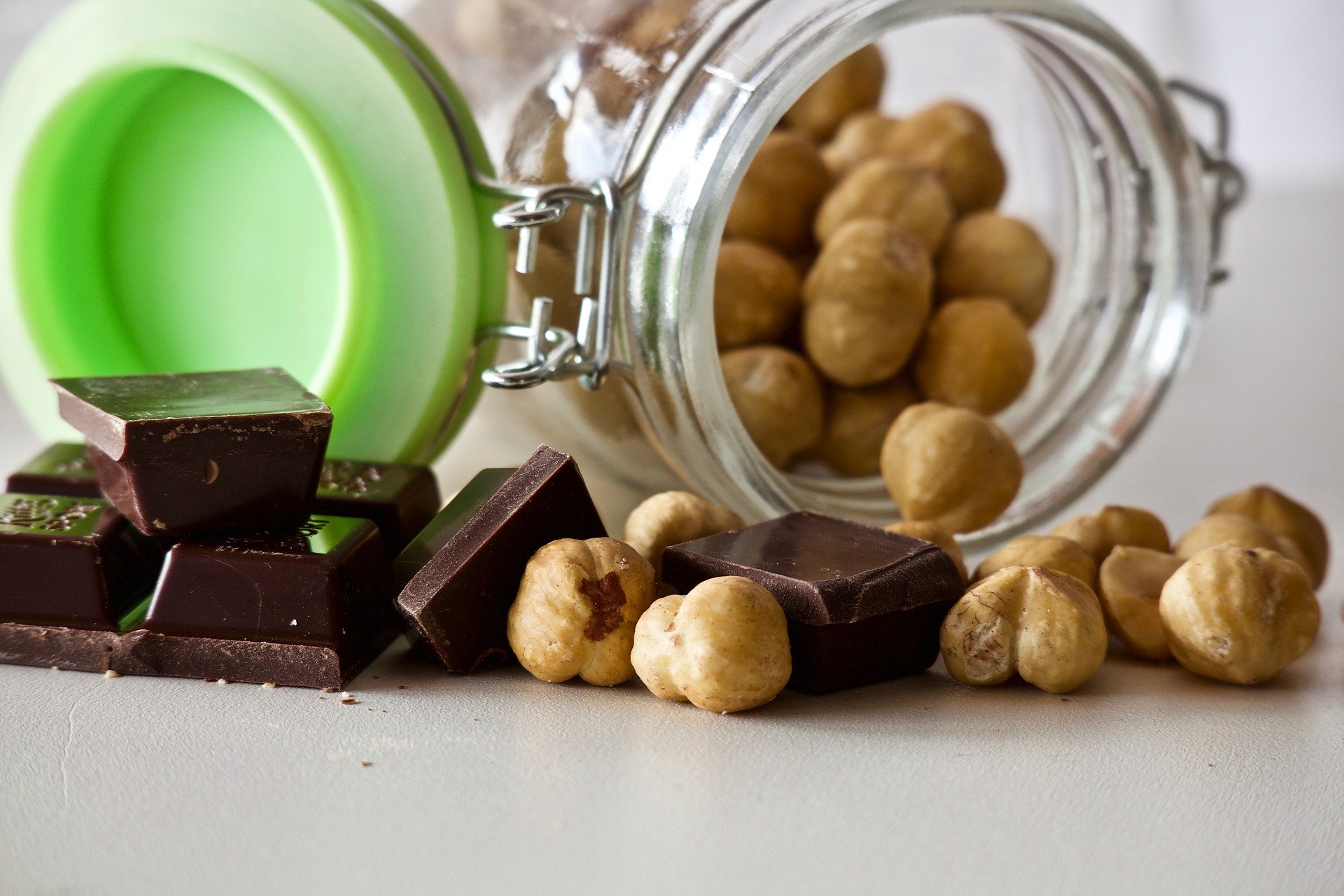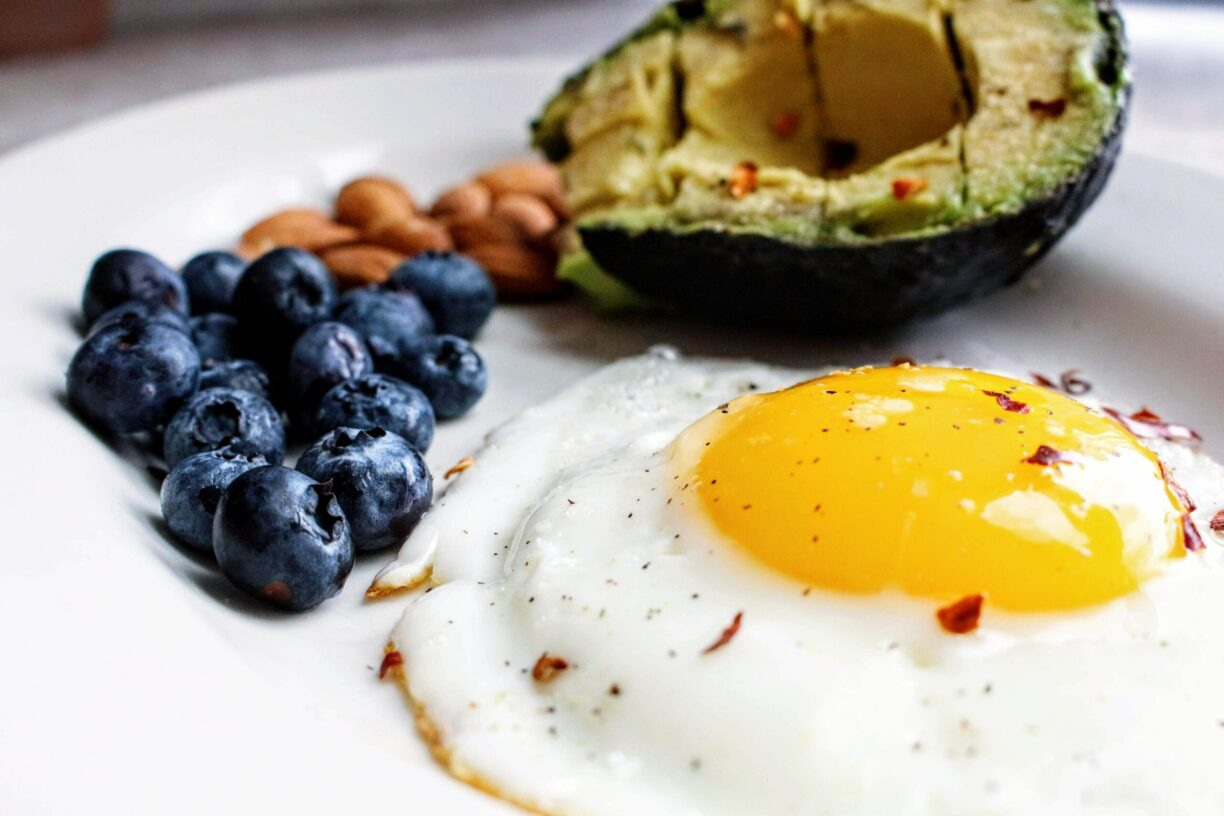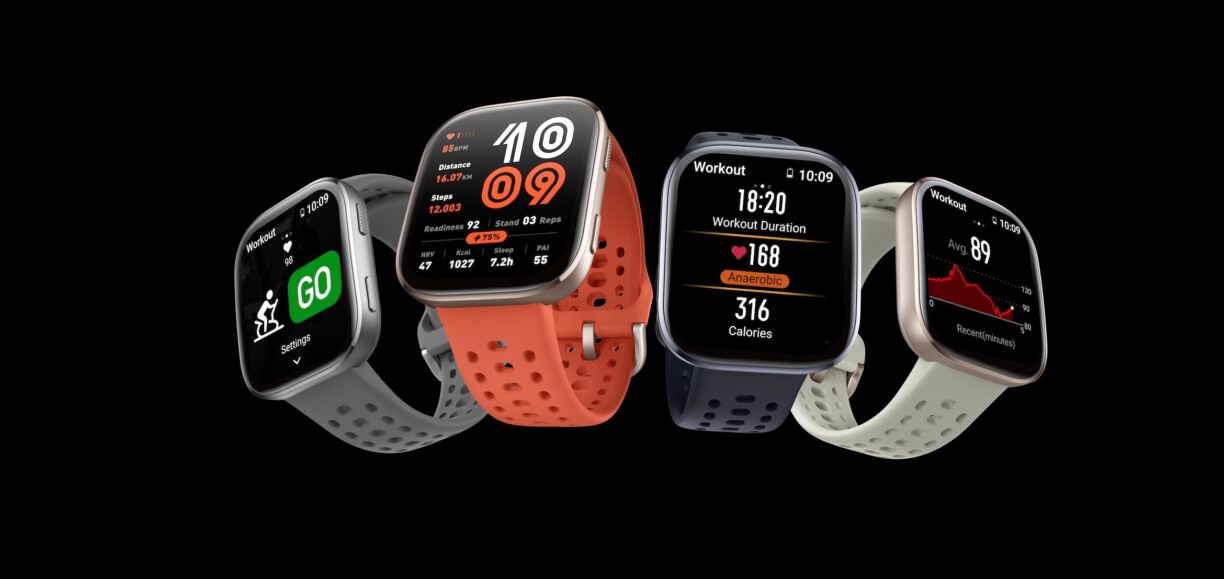Type 2 diabetes is closely linked to obesity and is largely a preventable disease. You cannot ‘reverse’ type 2 diabetes in the sense of curing it, but when you are able to lower and balance your blood sugar over the long-run, many people refer to that as ‘reversing your type 2 diabetes’.
A healthy diet can help you manage Type-2 Diabetes but what are the worst offenders?
Dr Sarah Brewer, who recommends CuraLin, the all-natural supplement that helps balance blood sugar levels, shares what foods you should and shouldn’t be eating to help you eat your way to better health.

What you eat is also important to help manage symptoms. The focus is to stabilise blood sugar and prevent extreme highs and lows. Focusing on low glycaemic index foods is a good way to do this.
These are foods that are low in sugar or carbohydrates (which turn into sugar) or foods that break down and release their carbohydrates or sugars slowly into the blood.
Do’s –
Dark green vegetables such as spinach, kale, rocket and watercress are super-low in carbohydrates and calories and high in fibre, meaning they have a very low glycaemic index and help to keep blood sugar levels stable.
They’re rich in antioxidant nutrients, too, such as flavonoids and carotenoids – these may help to protect against some of the complications of diabetes, such as heart disease
Oily fish opt for oily fish such as mackerel, salmon, sardines and herring.
They’re a source of omega-3 fats, which can help bring down inflammation and support heart health – which are both important for those with type 2 diabetes. Also, they can be a great source of vitamin B12, which is depleted by some diabetes medications and is vital for our brain and nervous system, energy and immunity.
Dark chocolate is a rich source of antioxidant flavanols. Only select dark chocolate containing at least 70% cocoa solids, or drink unsweetened cocoa. 100g/3.5oz dark chocolate (at least 70% cocoa solids) per day can lower blood pressure by 5.1/1.8 mmHg.
Dark chocolate has also been shown to decrease insulin resistance. Cocoa extracts can significantly lower glucose levels.
Yellow/orange fruits & vegetables are rich sources of antioxidant carotenoids (eg carrots, sweet potatoes, guava, mango, pumpkin).
People with the highest intake of carotenoids are half as likely to have poor glucose tolerance than those with low intakes.
Spices contain a variety of oils and antioxidants that are beneficial for glucose control. Fenugreek, turmeric, cumin, coriander seeds, mustard seed, curry leaves are all reputed to have hypoglycemic effects.
Alongside a healthy diet, taking an all-natural glucose support supplement can also help balance blood sugar levels.
CuraLin (RRP £59.00, www.curalife.com is a specially tailored natural formula that promotes healthy and balanced blood sugar levels and insulin production in those suffering from Type 2 Diabetes.
The nutritional supplement is made from a mixture of ten natural ingredients, including fenugreek and tumeric which work with the body to help balance the blood sugar profile.
Dr Sarah Brewer recommends CuraLin for those suffering with type 2 diabetes due to the positive effects reported and measured by its users.
Dr Brewer explains, “The blend of 10 Ayurvedic herbs within CuraLin have a range of beneficial effects on glucose control and metabolism. As a result, users report that their glucose control quickly improves and, in some cases, normalises within 4 weeks.
Users also report reduced cravings for sweet food, and experience improved energy, sleep and general quality of life.
Don’ts
Cereal Bars – There has been a lot of publicity around the amount of sugar found in some breakfast cereals. Sugar-frosted cornflakes can contain 11.5g sugar per 30gram serving, for example, while granola with dried fruit, nuts or seeds, which sounds healthy, can have almost 11g sugar per 60g serving, too.
It’s therefore not surprising that some seemingly healthy cereal bars can pack lots of sugar, too. A small, fruit-filed grain bar (37g) can contain 13g sugar while a larger (116g) bar can provide a whopping 39g sugar.
Best advice if you want to cut back on sugar is to check labels, select those with the lowest sugar and energy values overall, cut back on serving sizes (or at least don’t super-size) and if you have a sweet tooth, retrain it so you need less sugar or artificial sweeteners.
White breads and baked goods made with white flour such as pastries, pizza, and crumpets should be avoided. This is because they’re made from refined flour and so are quickly broken down into sugars and absorbed.
In fact, some of them have a higher glycaemic index (meaning they raise blood sugar levels faster) than pure table sugar!
They can be replaced with whole grain alternatives – or preferably, foods made from whole grains that have not been broken down into flour – such as oatcakes, dark German-style rye breads, porridge or simply cooked brown rice or quinoa.
Low Fat Yogurt – A low fat fruit yogurt may have added sugar to provide flavour as well as ‘mouth feel’. A 6oz (170g) yogurt can contain as much as 32g sugar. Check labels and select the yogurt with the lowest amount of sugar.
A 150g pot of Greek style plain yogurt made from whole milk typically provides around 5g sugar, for example – add flavour with fresh berries, nuts or a tablespoon of unsweetened muesli.
My favourite Fage Total yogurt (5% fat) has no added sugar and contains only naturally occurring milk sugar (lactose) provides just 3g sugar (plus 9g protein) per 100g and is delicious and creamy enough to eat on its own.
Tomato Soup – A single serving of savoury, tinned tomato soup can contain as much as 12g free sugar (3 teaspoonfuls).
Compare labels on tins or packs, or better yet, make your own from fresh chopped tomatoes (coming into season now), onion, carrot, celery, vegetable stock and plenty of fresh herbs.
Flavoured Water and Soft Drinks – Water flavoured with fruit and added vitamins and minerals is bound to be healthy, right? Not necessarily. Some brands contain as much as 13g sugar per serving (237g).
Make your own by adding slivers of cucumber, chopped fresh mint and/or slices of lime to a jug of water instead. You can also buy drink bottles with separate slots into which you can place your fresh fruit.
The sugar content of standard soft drinks is, of course, the primary reason to avoid them. But even sugar-free sweetened drinks are best avoided as artificial sweeteners and other additives they contain could have harmful effects too – even encouraging further weight gain





